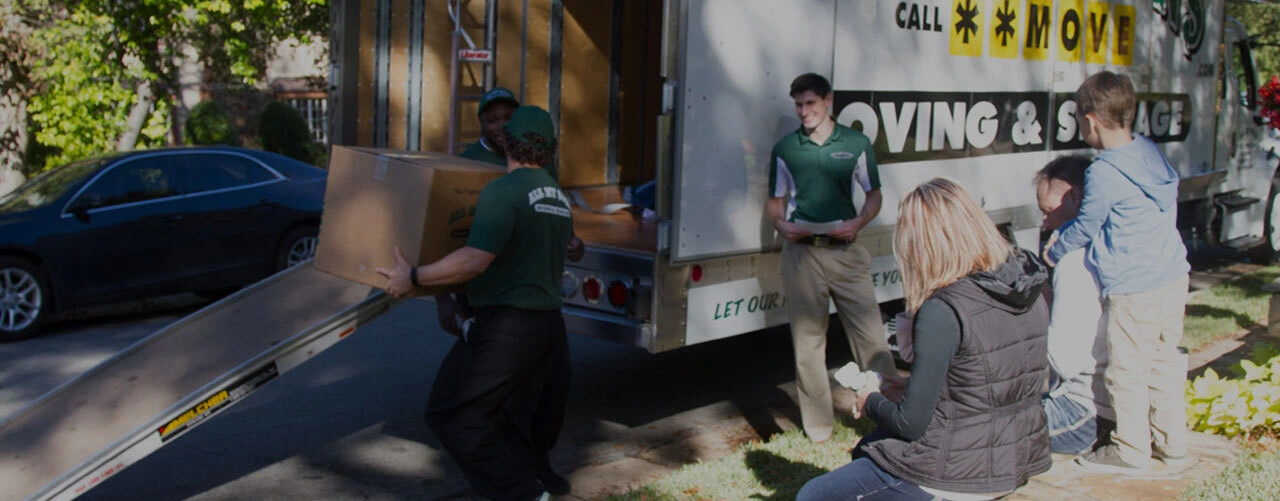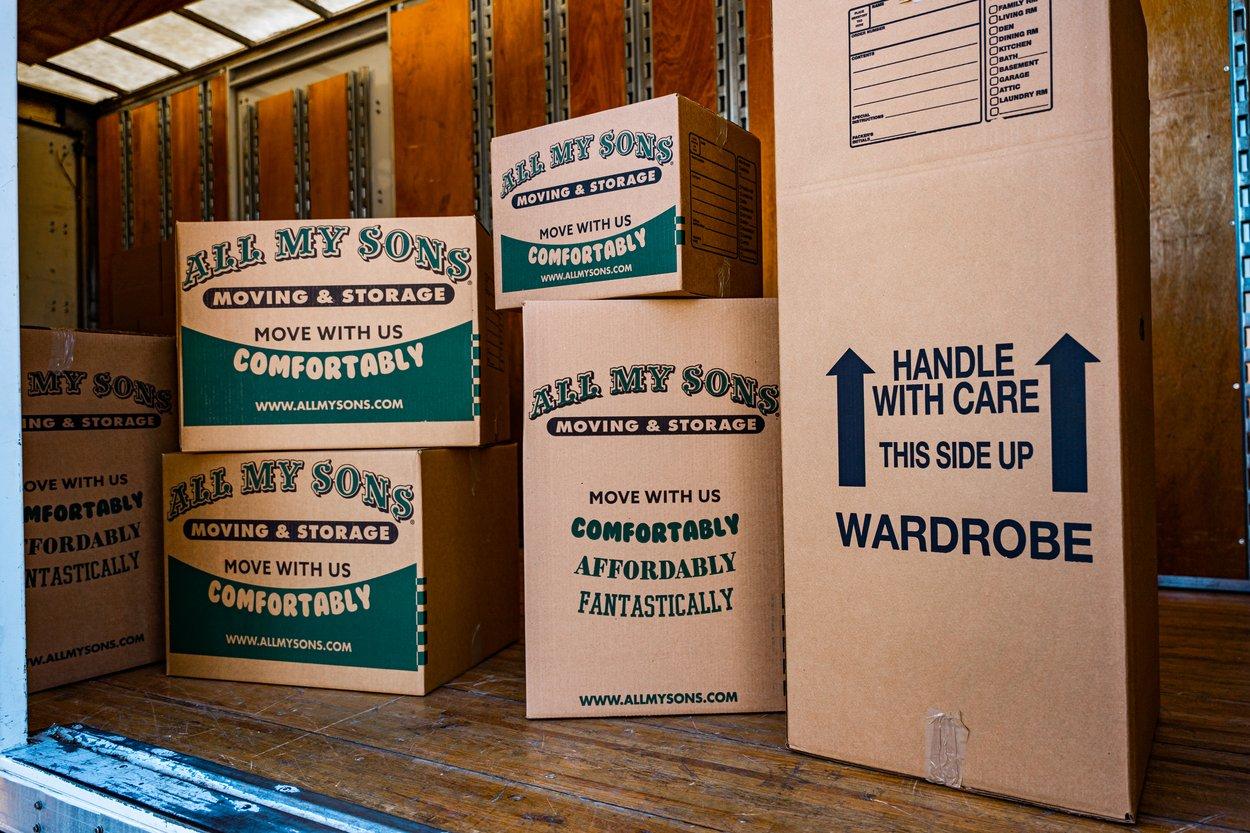Safeguard Your Belongings and Pack Well
All My Sons Moving & Storage is a full-service moving company that offers storage solutions all across the nation. Want to keep your items in storage safe and secure? Avoid these 9 mistakes that people often make when packing storage units.
In the middle of a relocation or looking to declutter and need some extra space in the meantime? You could benefit from the use of a storage unit. You’ve asked yourself the important questions to consider when renting storage and now the time has come to pack your self-storage unit or get full-service storage. Before you cram all your belongings into a unit, lock it up, and forget about it, there are a few common pitfalls you should be aware of. These mistakes could cost you time, money, and energy you don’t want to spend in the long-term, not to mention put your belongings in danger of damage.
Make the smart call and pack well to ensure your belongings come out of storage in great condition and you don’t experience any unnecessary hardship during the process.
Mistake 1: Choosing the Wrong Size Unit
When you’re looking to rent a self-storage unit, you want the smallest unit that can comfortably meet your needs. Pick a unit too small and the things that can fit will be cramped. Pick a unit too large and you’ll be paying a premium to rent space that you don’t even need.
Measure your large furniture pieces and count the number of boxes you intend to put into storage to help you get an idea of what size unit you need. Leave a little room in your unit for ease of navigation, and make the most of your vertical space by stacking sturdy boxes and furniture. Always declutter before you move into storage so that you can ensure everything you’re storing has a place in your future.
Mistake 2: Packing Items You Should Not Store
Every storage facility carries a list of items you should not store. These items can include but are not limited to:
Hazardous items like toxic chemicals and gas. These items release fumes that can compromise the health and safety of storage workers and anyone else visiting the facility to check on their belongings. Many toxic chemicals, including paint thinner, bleach, ammonia, nail polish remover, and acid are illegal to store.
Combustible items like fireworks, firearms, and ammunition. One stray spark and the entire facility may go up in smoke. Local government regulations may vary, but these items remain a serious liability to store in most states and many facilities will decline to store them to avoid disasters or legal issues.
Irreplaceable items like fine art, valuable jewelry, and cash. High-value items and one-of-a-kind items you intend to keep until you pass them to your children should probably be kept in a bank vault or safety deposit box where they are better insured.
Living items like pets, plants, and even yourself. Plants attract pests like rodents, cockroaches, and flies. Yourself and your beloved pet are unsafe in a storage unit because storage units have poor ventilation, no running water, or electricity for heating and cooking. Living in a storage unit is illegal in all 50 states.
When you choose to store these items then you often put your belongings and the rest of the storage facility at risk.
Some items that melt or freeze like liquids, soaps, crayons, make-up, or candles might not be explicitly forbidden to store at your facility, but you should probably still find alternative arrangements for them because they will not survive well in storage.
Mistake 3: Neglecting to Choose Temperature Control
If you decline a temperature-controlled unit then your items will be subject to the whims of the local weather. Your storage unit might get extremely hot during the summer and exceptionally cold during the winter, depending on the typical climate in your city.
Some of your hardy items will be fine to store in a standard unit, but the following items may require temperature-control to stay in functional condition for the long-term:
Books, documents, files, photographs, and other paper products.
Media collections like CDs, DVDs, Blu-Rays, videos, and vinyl records.
Electronics like computers, televisions, and monitors.
Musical instruments.
Leather or upholstery.
Temperature-controlled units run an average of $10 more than a standard unit of the same size. Peace of mind that your beloved photo albums will come out of storage in great condition three to six months from now could be well worth the extra price. You can save yourself expense and heartache at the end of your storage stay by choosing a temperature-controlled unit from the very beginning.
Mistake 4: Not Considering Access Needs
Picture this, you just got off your late shift at work and you realize you need to get into your storage unit. You drive up to your facility, punch in your gate code, and the machine tells you it’s after-hours and access is denied. Uh oh. Don’t you get 24 hour access by default?
The answer is, unfortunately no. Most facilities will have designated access hours to keep the area safe during the night. 24 hour access could be available, on request or with a small monthly charge, but you will have to ask about this option before you move in.
If you are someone who needs consistent, on-demand access to your unit you should elect to move into a facility that offers 24 hour access, and choose a unit that you can access easily such as a drive-up storage unit or a first-floor storage unit.
If you do not need to access your items often, then you can safely save some money by choosing a non-ground floor unit and declining 24 hour access. You can also consider full-service storage for additional security, and get your items delivered back to you by professionals when you require them.
Mistake 5: Not Preparing Items for Storage
Items you put in storage should be adequately prepared to live in storage. Even if you’ve got a move-out date scheduled, any number of things could happen that wind up extending your stay.
Always prepare your items for storage before packing them into your unit.
Make sure items are clean and dry. The crumbs in the bottom of your toaster tray could attract pests and those damp shoes could lead to a mold or mildew infestation. Scrub and wash everything going into storage and allow items to fully dry before you pack them into your containers.
Remove batteries from electronics. Check your remotes, electronic toys, and small appliances for batteries before you pack them. Batteries left in place might leak or corrode, which may damage the electronic device they belong to.
Pack items vulnerable to moisture with desiccants. Books, electronics, files, photographs, and leather goods are susceptible to damage from even a little excess moisture in the air. Desiccants like silica gel packets help maintain dryness, which protects items from condensation and humidity as well as cutting down on the chances of mold or mildew growth.
Choose appropriate containers. Standard cardboard moving boxes might work out well for a move, but if you are packing a non-temperature controlled unit for the summer you might want to invest in some weather-resistant plastic bins.
Label everything clearly. Make sure you write out the contents of boxes and bins in a clear and legible fashion, especially if you need to access your unit and look through it often. This will make hunting through your unit for items you need so much easier.
When you prepare your items for storage, it might take more time and energy upfront but it could save you heartache from damaged items in the long-run.
Mistake 6: Neglecting to Organize Your Storage Unit
In the crunch time of a move, it’s tempting to shove all your furniture and boxes into a self-storage unit without care or caution. This will give you a headache later if you need to access or search the unit at any point before you move out.
When you are packing your unit, take some extra care to organize your unit in a way that works best for you. If you use your storage unit for a business like event planning or landscaping, or you keep an eCommerce inventory in your storage unit, you might be in and out of your unit on a regular basis and good organization will be a lifesaver later.
Even if you are just packing for a temporary household move, you should organize your unit to make searching your unit easier.
Map the unit by ease of access. Items you do not need to get ahold of often you can safely leave in the back of the unit, and items you want easy, quick access to should be toward the front or with ample space in front of them.
Use shelves or stack efficiently. Always stack with the heaviest containers on the bottom and lighter containers on top. If you are storing long-term then consider getting shelving to help organize the unit. This will keep items off the ground, which is especially important during summer and winter.
Leave aisles and room for navigation. Space and paths in your unit helps keep all the contents accessible so you do not have to drag everything out of your unit every time you need to search it.
Orient containers so labels face outward. When you can clearly see a box or bin’s label then you can identify contents quickly and spend less time searching.
With an organized unit, you can get in, get what you need, and get back out again with minimal time and energy. Don’t go digging through boxes a hundred times, organize your unit right off the bat.
Mistake 7: Not Insuring Belongings
Of course a storage unit is designed to be a safe place for your items until you require them again. Your storage facility does their part to protect your items by providing amenities like security systems, controlled access, surveillance equipment, and pest control. However, there are an untold number of disasters and circumstances that could affect your belongings in storage. These range from the unforeseeable freak tornado to the mildew infestation you unknowingly brought into your unit yourself by packing items wet. This is the real world where even the best laid plans and protections sometimes fail, and that is precisely why insurance exists.
Before you count on your current homeowner’s or renter’s insurance to cover your belongings in storage, you should read your policy and make sure there are no limitations. If your storage facility offers coverage for a monthly or one-time charge then make sure you fully understand what’s covered and what’s not.
In the event of a disaster or break-in, an inventory of what’s in your storage unit will be crucial to getting your claims paid without headache or hassle, which brings us to our next mistake.
Mistake 8: Not Keeping an Inventory of Items in Storage
Creating a household moving inventory will help you ensure belongings do not get forgotten or lost during your move. An inventory of your storage unit will also help you navigate all your boxes when you’re searching your unit for a specific item. In the event of an accident or disaster, having an inventory of the items you kept in storage will help you get insurance claims paid.
You can use a home-inventory app like Itemtopia, check with your insurance company to see if they provide apps or spreadsheet templates for a storage inventory, or use Excel or Google Sheets for the do-it-yourself digital option.
Mistake 9: Not Checking on Your Unit
Out of sight, out of mind. If you have a self-storage unit you might be tempted to assume everything is fine for the long haul. After all, you’ve taken extra precautions by extensively preparing your items for storage and choosing a great storage facility with stellar security systems.
See Mistake 7, even the best laid plans and protections sometimes fail. One of the ways to mitigate problems before they become significant damage is to catch them early, and that means you should probably check on your self-storage unit. Ideally, you should stop by once a month or directly after significant weather events like severe storms.
Look for signs of leaks, pests, mold, or items shifting into precarious positions.
No Mistakes Here: Your Items are Safe in Storage
Steer clear of common storage mistakes, and you can help ensure your items come out of storage in great condition, are protected in case of a disaster, and don’t give you any significant headaches during the storage stay.
Moving soon? All My Sons Moving & Storage is a full-service moving company here to help manage all your moving needs. After over 30 years of experience helping businesses and families make a smooth relocation, we have the tools, skills, and resources to handle any move. Get professional packing to secure all your items or ask us about our full-service storage solutions.
Quick Moving Tips
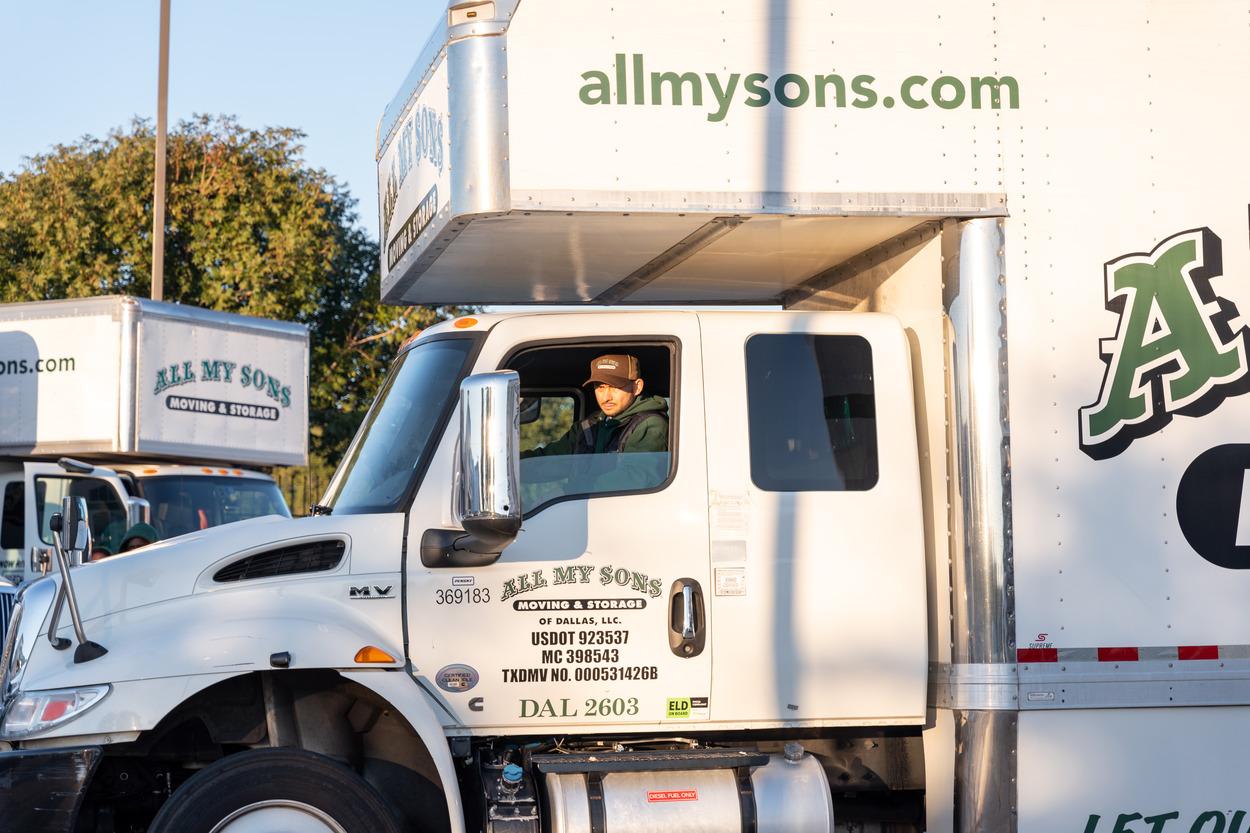
Final Moving Tasks Checklist
Before you go, complete these five final moving tasks to ensure everything is in order for you to leave your old home behind.
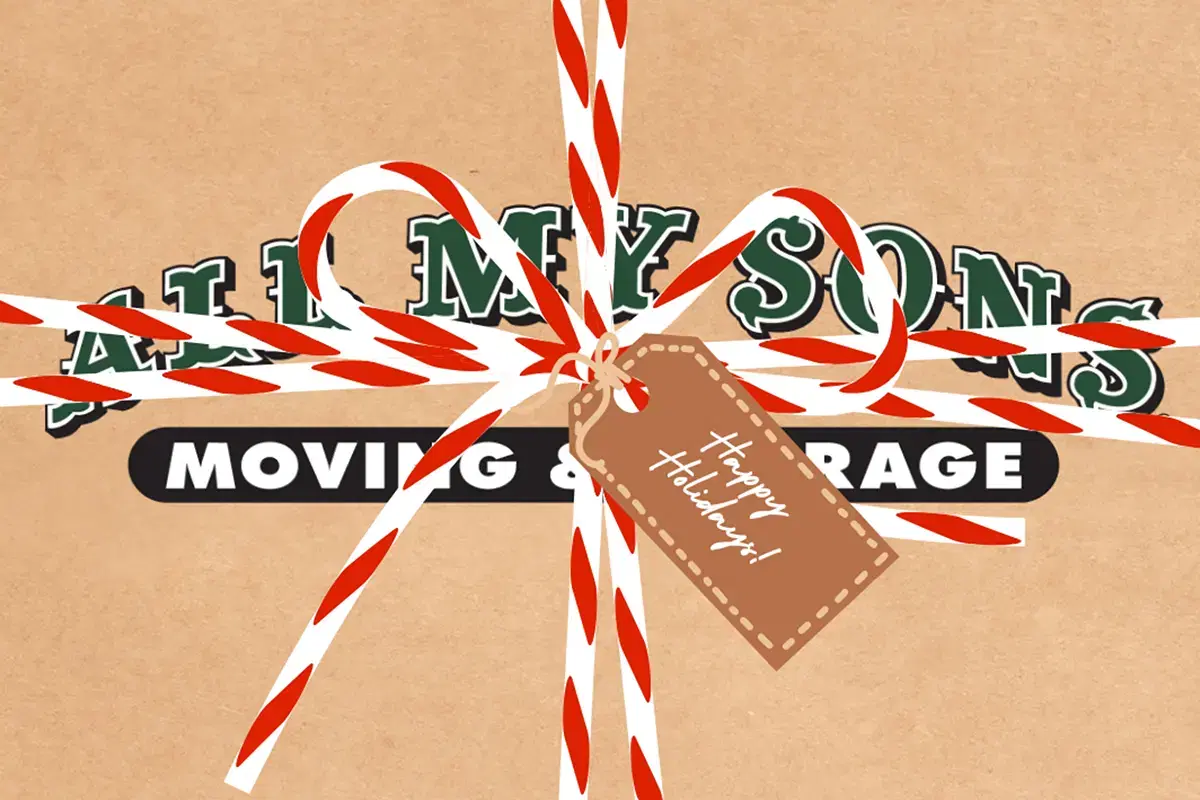
How to Save Money on Your Move Before the Holiday Season
Will you be moving before or during the holidays? Between holiday shopping and your move, dollars need to stretch as far as possible.
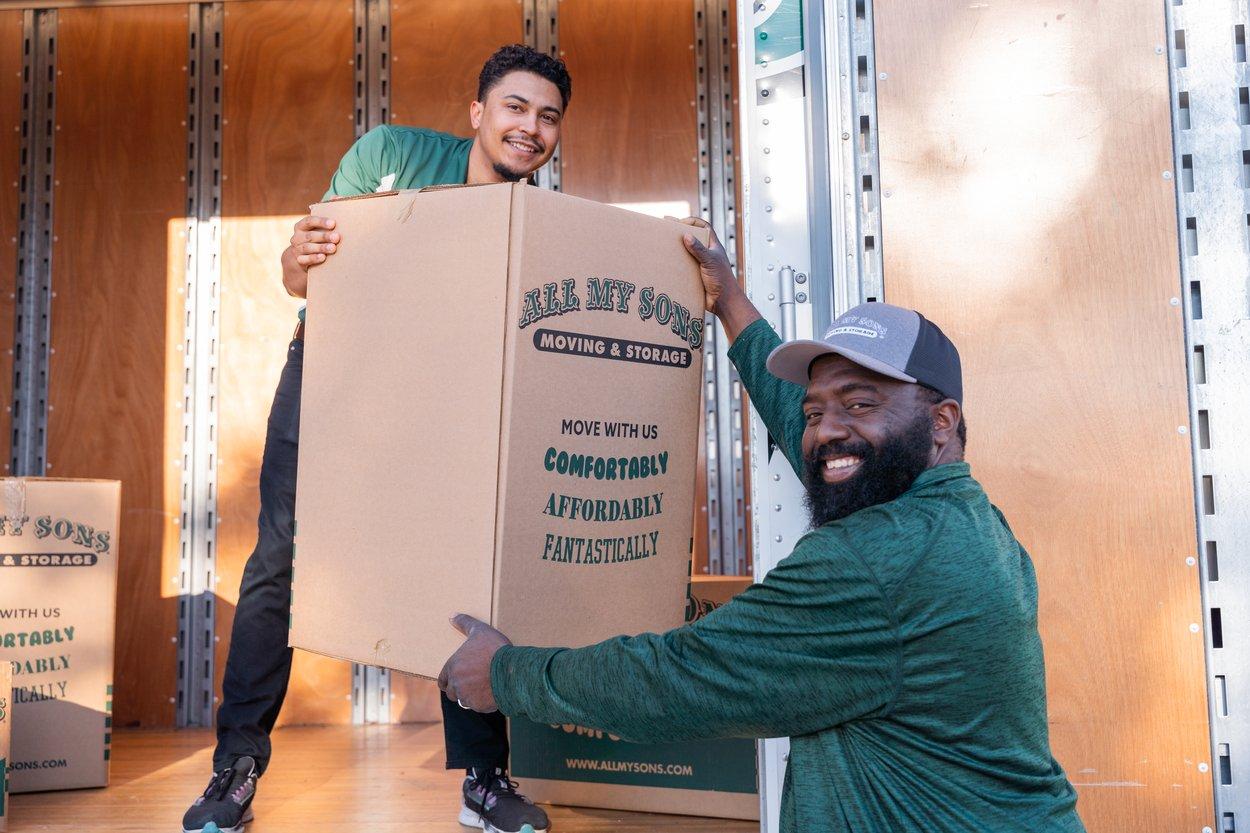
How to Pack Lawn Equipment for a Move
Here are 5 important steps to getting the shovels, rakes, lawn mowers, garden hoes, leaf blowers, and shears safely to your destination.

